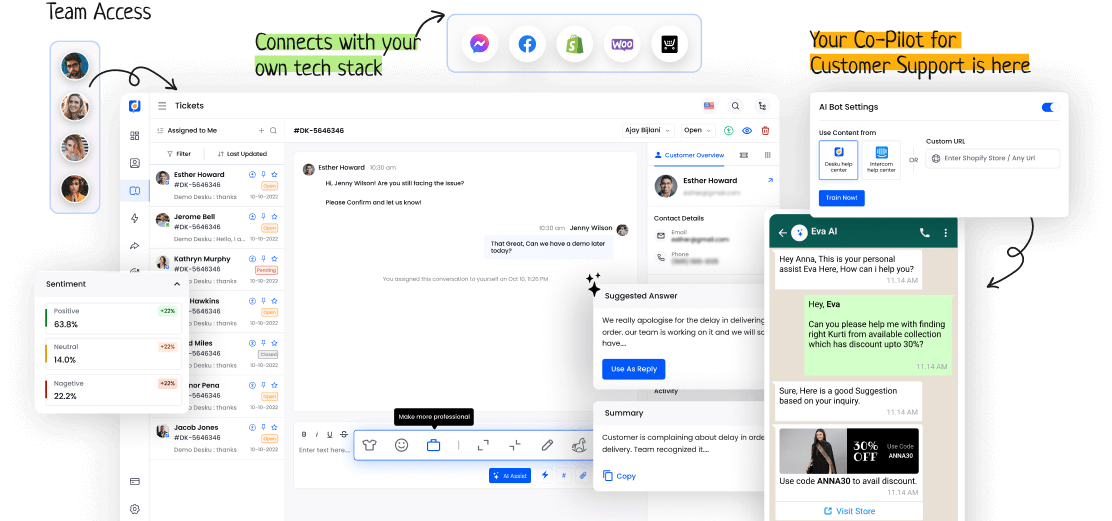Voice, a key part in writing, lets authors show their essence using words. It displays their unique traits, shaping the story to connect with readers.
Knowing the complexities of voice reveals the depth of a text and forms a strong link with the writer's mind. By exploring voice, we start a journey that displays the strength of expressing and understanding.
It invites us to decode the subtle messages within the words.
I. Defining "Voice"
Voice is the unique personality, style, and view an author shows in their writing. It lets readers see personal impact in the text.
When you study a piece's voice, you can see the author's intentions, feelings, and thoughts.
Knowing the depth of voice betters understanding and makes you feel for the author's message.
II. Types of Voice in Communication
In communication, different styles and approaches add value.
Vocal tone and nonverbal cues are key.
Vocal tone means the pitch, volume, and rhythm of our voice.
Nonverbal cues are gestures, face expressions, and body language.
Knowing these boosts communication and strengthens bonds with others.
III. Importance and Impact of Voice
Knowing the effect of your voice is about more than just talking. It shapes what people think, changes what they do, and makes connections deeper. The strength of voice is in showing feelings, creating trust, and pushing action.
A good voice grabs attention, but a harsh one can push people away. Knowing the power of voice can make relationships stronger and communication better.









